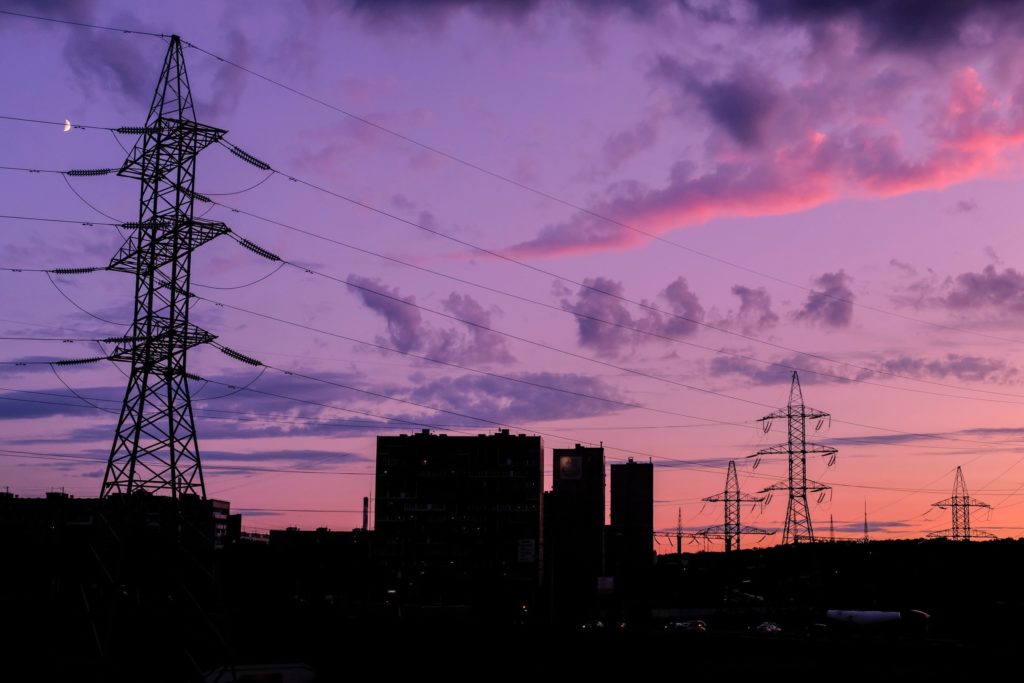Fire season is upon us, and with wildfires comes rolling blackouts. Last year, California and other states saw widespread, rolling blackouts due to the wildfires. Now is the time to ensure you’re prepared to meet the challenges of fire season, whether that’s an extended blackout or an evacuation.
The kits in this post are meant to help you prepare ahead of time to meet the basic food, water, light, power, and hygiene needs of one person for up to three days during a blackout.
Of course, three days is the bare minimum. If you want to take preparedness seriously, start with the beginner checklist and think of two weeks as your baseline.
These recommendations are not simply things we found on Amazon. Rather, with a few exceptions, these lists come right out of our comprehensive survival gear reviews, and they represent hundreds of hours of intensive, hands-on testing and deep research. The few items that aren’t selections from our guides are things we currently use and recommend, but that haven’t (yet) made it into a guide.
Pandemic problems
This year’s fire season has a nasty new twist: COVID. The current pandemic has two important implications for those who live in a fire-prone area and want to get ready:
- When it comes to power-related gadgets like solar panels and batteries, supply chain problems mean prices are higher and availability is lower. So buy what you need ASAP, and be prepared to pay a bit more and wait a bit longer for things bought online to arrive.
- If you have to evacuate due to wildfires, group shelters should be considered an extreme last resort — those shelters will be a hot mess of COVID and other disarray.
Regarding the first point about prices, last year we were able to craft a sub-$100 blackout package. But this year prices are elevated on key goods (especially the solar panels), so this year’s kits are all well north of $100.
These kits aren’t enough to evacuate with — they’re just meant to get you through a few days at home without electricity. To properly prepare for evacuations, check out the bug out bag checklist and consider including a tent (to avoid group shelters).
The budget blackout package
This collection aims to meet your basic needs — power, food, water, hygiene — at a very minimal level. It clocks in at around $125 total, depending on the pricing Amazon shows you at the time.
The Blackout Package
The second kit has a few upgrades that take it up to just under $180. The solar panel is a larger, heavier, more expensive model that our solar charger review showed has excellent performance in low-light, with the only downsides being cost and weight.
We also threw in some canned peanut butter for this kit, because the Datrex bars are popularly paired with peanut butter for a more pleasant meal. The specific peanut butter we chose is expensive, but it’s shelf-stable for decades. You could always pick up some regular processed peanut butter, like Jif. But whatever you do, stay away from natural nut butters for prepping purposes — their shelf life, especially in the kind of heat you’d face during a summer blackout, is poor.
The gear
When the power goes out, batteries are typically the first thing to fly off the shelves. So if you haven’t taken our advice and moved all your everyday batteries to high-quality NiMH rechargeables, then now’s your chance. These batteries, along with a lantern/power-bank combo, will be the foundation of your preps.
For charging those batteries, we rely on what we learned in over 100 hours of testing of over 25 solar chargers to recommend a pair of solar panels at two different sizes, capacities, and price points.
You may be wondering why we included water in our list. For city dwellers, losing power does not mean losing water. But for those in rural areas who are on well water, a loss of power means the taps don’t work. So you’ll want a high-quality water container — at least one gallon per day per person.
More: Plans for a DIY well bucket to draw water from your well without power
As for food, ideally you should invest in emergency food that has a long shelf life and can last you through multiple summers if you end up not using it. The Datrex bars are a standard with preppers, as they provide plenty of calories, fat, and other nutrients. Living on one 3,600-calorie block of these for a full three days is stretching it, though, so plan to supplement if you can. We recommend processed or canned peanut butter as an add-on.
Review: Freeze-dried survival food buckets
Light is a core blackout prep, and the lantern pick in this year’s guide is the same as last year’s: the PowerEX USB Rechargeable Camping Lantern. We have this lantern and have been using it and testing it for a year, now. It’s waterproof, lightweight, sturdy, and bright. It also offers multiple light levels, and can double as USB charger. So this pick lets us skip power bank and kill two birds with one stone.
Finally, you don’t want to waste precious water on hygiene, so we include wipes from our review of the best wipes for preppers. Hand hygiene is especially important in the pandemic era, so don’t skip the wipes.


You are reporting the comment """ by on